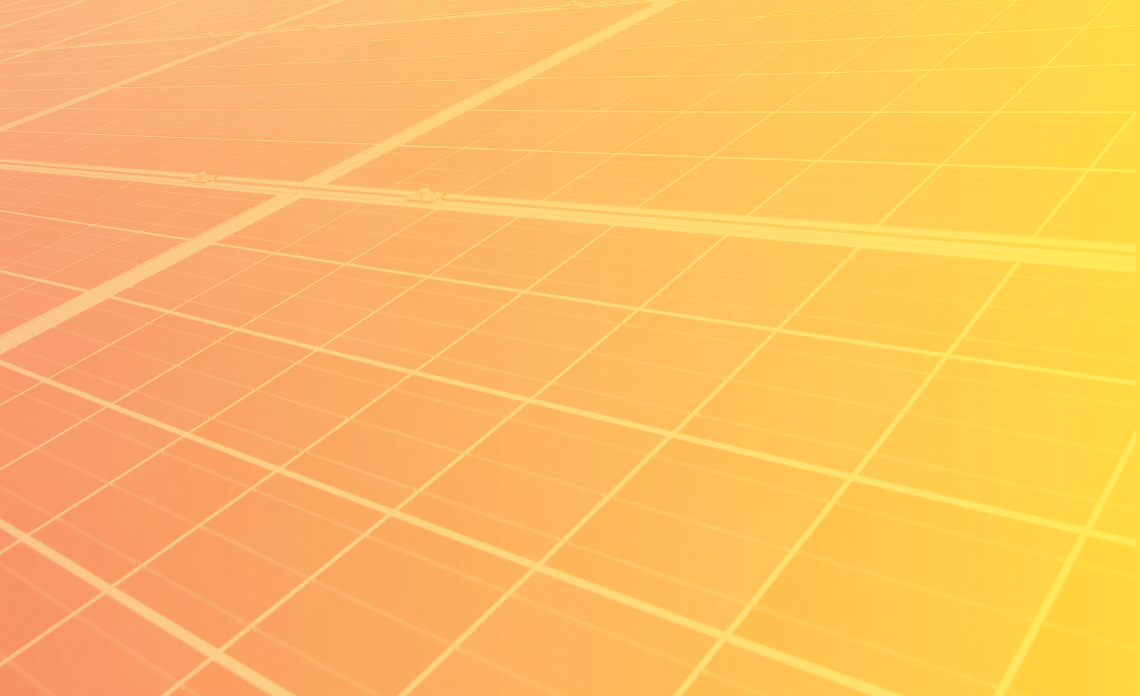Types of solar panels
There are three common types of solar cell:
- monocrystalline
- polycrystalline; and
- thin film.
They are made in different ways and have different performance qualities. If you’re interested in the detail of their different manufacture techniques, performance characteristics, and the pros and cons of each, find out more in Renew magazine’s Solar System Buyers Guide.
Otherwise, the important thing to know is that regardless of the panel type, the specifications of solar panels show their capacity, price, expected lifespan and other performance characteristics that determine what their energy output will be. These specifications are discussed here.
A larger wattage system will generate more energy in the same installation. However, actual energy generation will depend on many factors, such as sunlight hours, cloud cover, temperature, shading, and panel orientation.
Why is panel wattage and size important?
When buying a solar panel system the main specification to be familiar with is the system size in watts. For example, a 3kW system may be made up of twelve 250 watt panels. This watt specification is known as the rated peak power, which is the maximum power generated by the panel under the manufacturer’s test conditions. But what does panel wattage mean for energy generation?
A larger wattage system will generate more energy in the same installation, but actual energy generation will depend on many factors, such as sunlight hours, clouds, temperature, shading and panel orientation. As a rough rule of thumb, find out the average peak sun hours per day in a particular location to get the average energy generation over a year. For example, a 4kW system in Melbourne with average peak sun hours of around 4.6 should theoretically generate around 14.5 kWh of electricity per day, on average, over a year—more on sunny days and less on cloudy days; more in summer and less in winter.
For example, it’s common for solar systems in Victoria to generate more than twice as much in December as July.
Some solar panel manufacturers and retailers have solar output calculators on their websites to help you work out how much energy a proposed system might generate.
Advice on panel quality and selection
Quality counts at the cell level but the overall manufacturing of panels is also crucial. If assembly systems are substandard, some issues can arise that may shorten the life of solar panels or cause increased degradation over time.
One such issue with crystalline cells is that of microcracks—tiny cracks in the cells that can enlarge over time with thermal cycling (as the panels heat up and cool down each day) or with poor handling practices.
Microcracks have the potential to reduce the current generating capacity of any cells affected, and hence the overall output capacity of the panel.
How can you really tell which panels have been manufactured to the highest standards?
Some solar businesses may refer the ‘tier system’. For example, they may say that their panels are Tier 1, 2 or 3. The tier system relates to the reputation of the manufacturer and solar industry analysts assign panel manufacturers into one of three groups, with the big long-standing manufacturers with a good reputation for quality and performance in Tier 1, and smaller, newer manufacturers in Tiers 2 and 3.
Solar Savvy Tip: If you have limited roof space, higher efficiency panels will allow you to fit more generation capacity compared to lower efficiency panels.
The Clean Energy Council maintains a list of all solar modules (panels) and inverters that meet Australian Standards for use in the design and installation of solar PV systems. This is a more reliable indicator of good quality panels.
To be eligible for rebates, including the Solar for Business rebate, panels sold in Australia must have Clean Energy Council approval, demonstrating that they have been tested and meet Australian and international standards.
Updated

